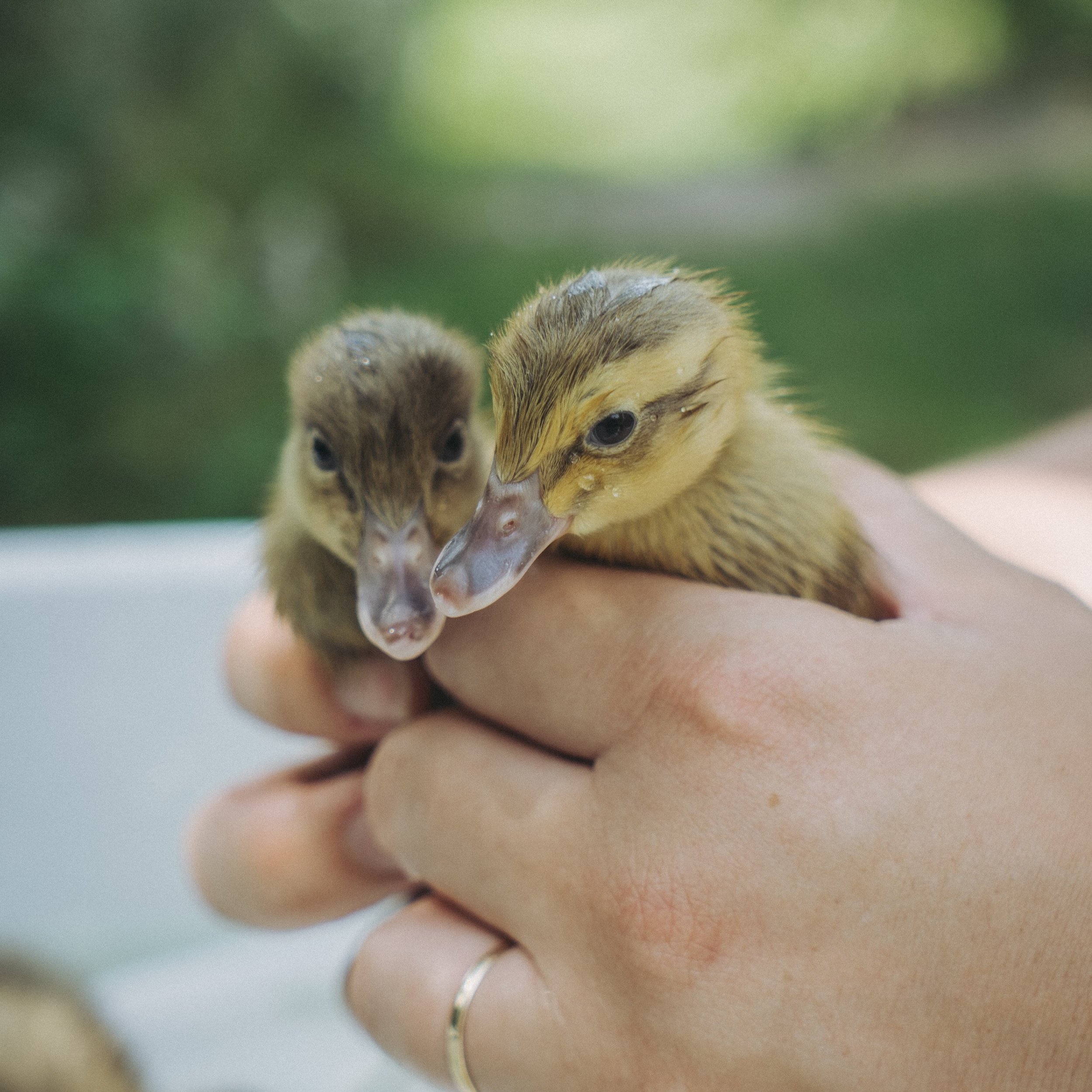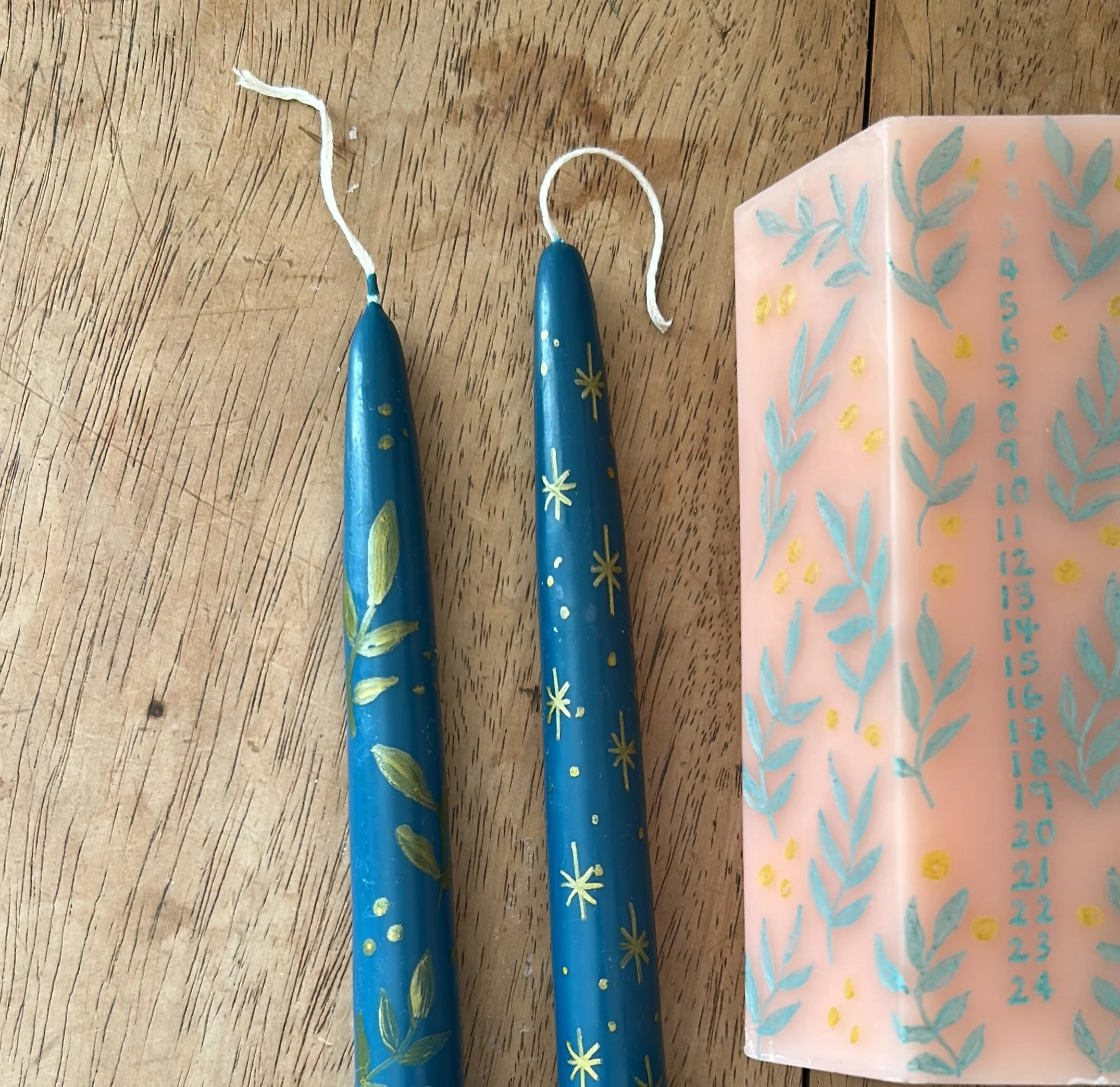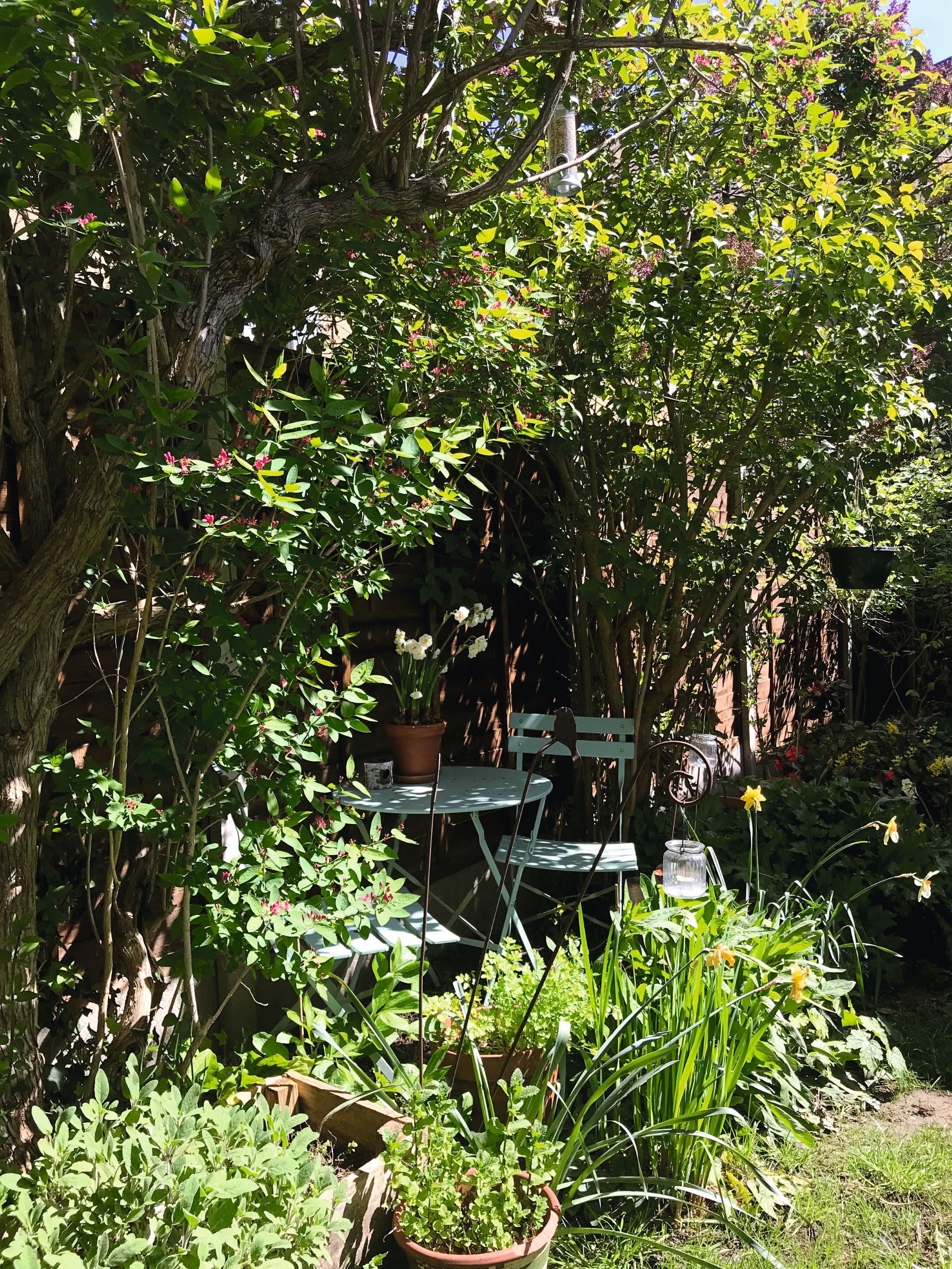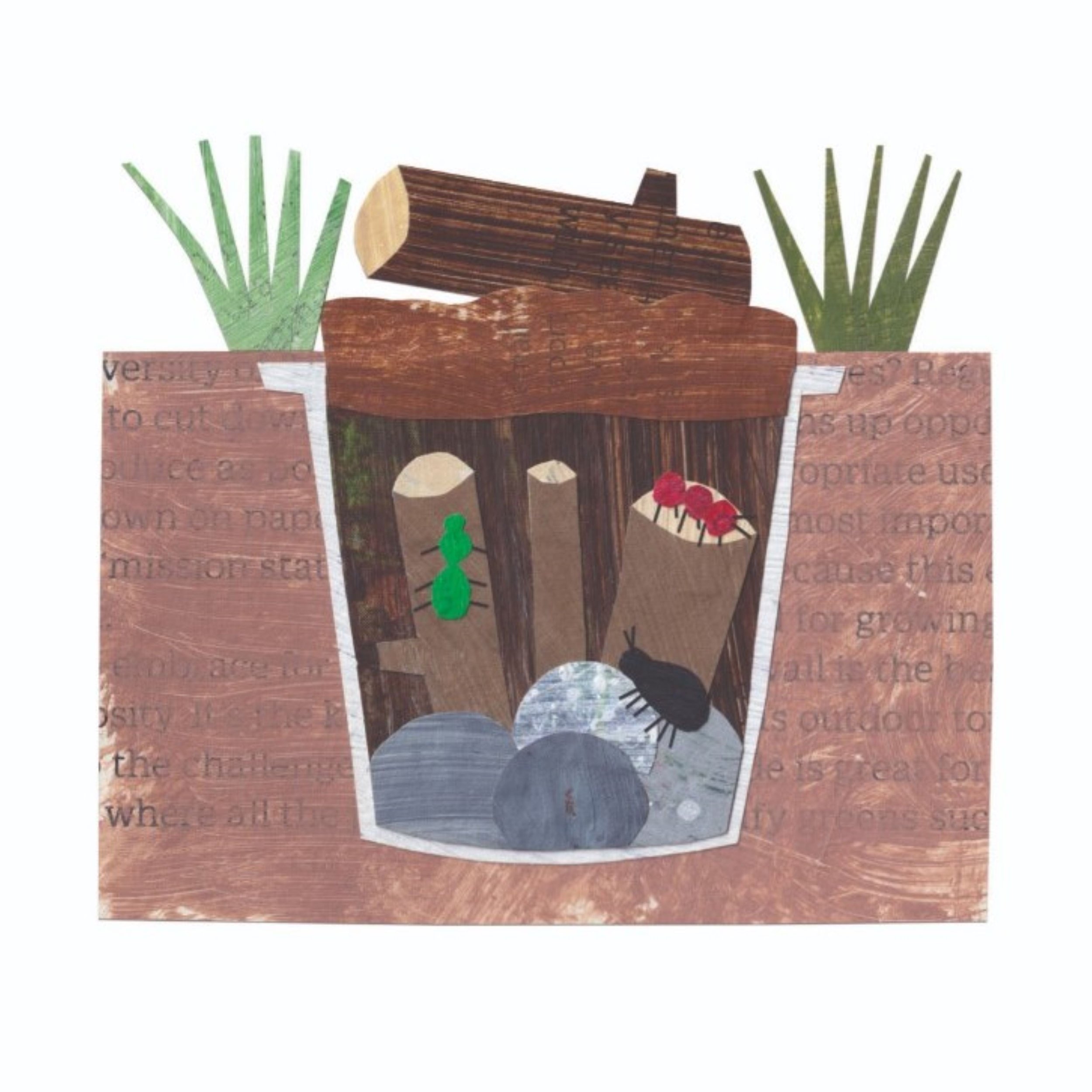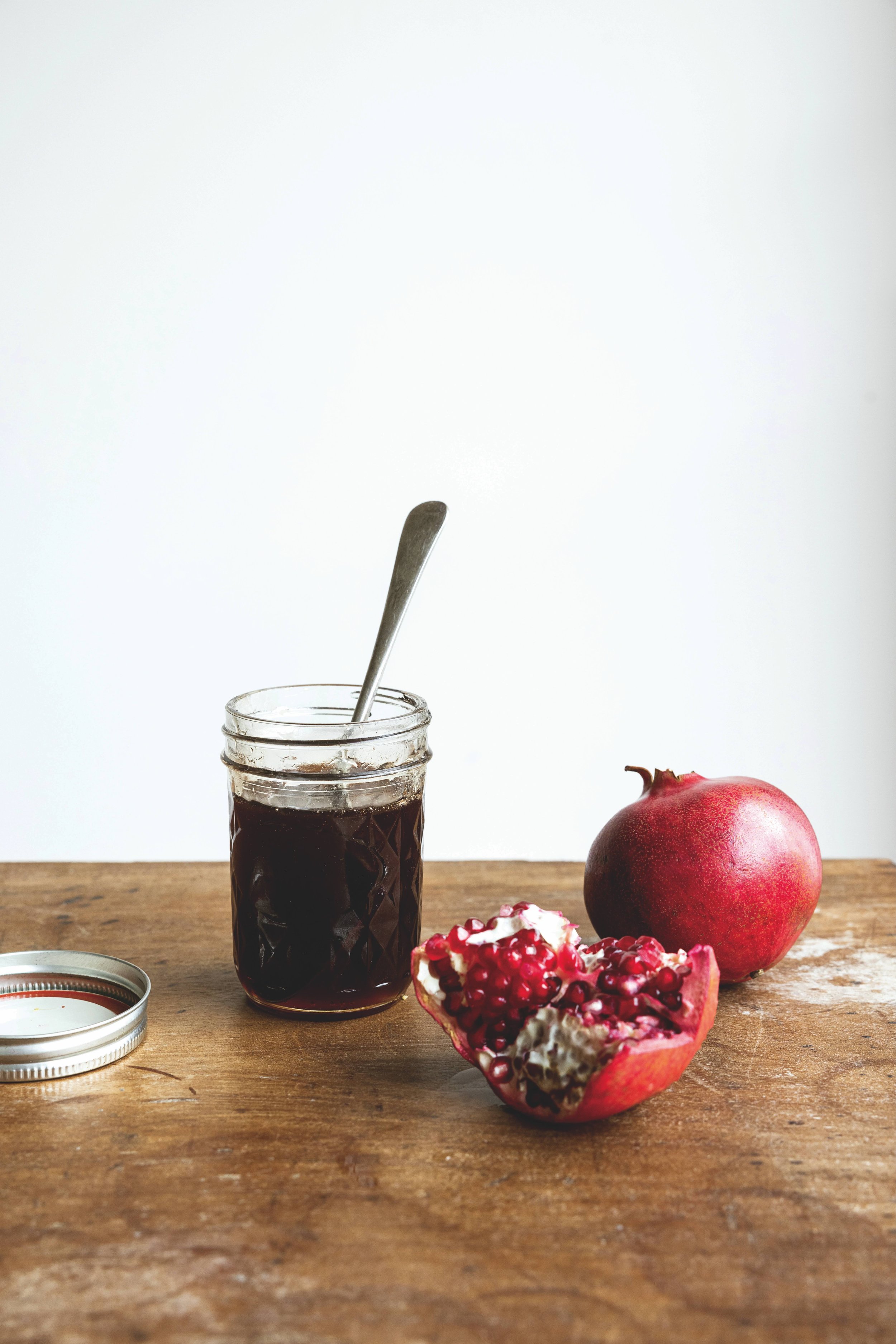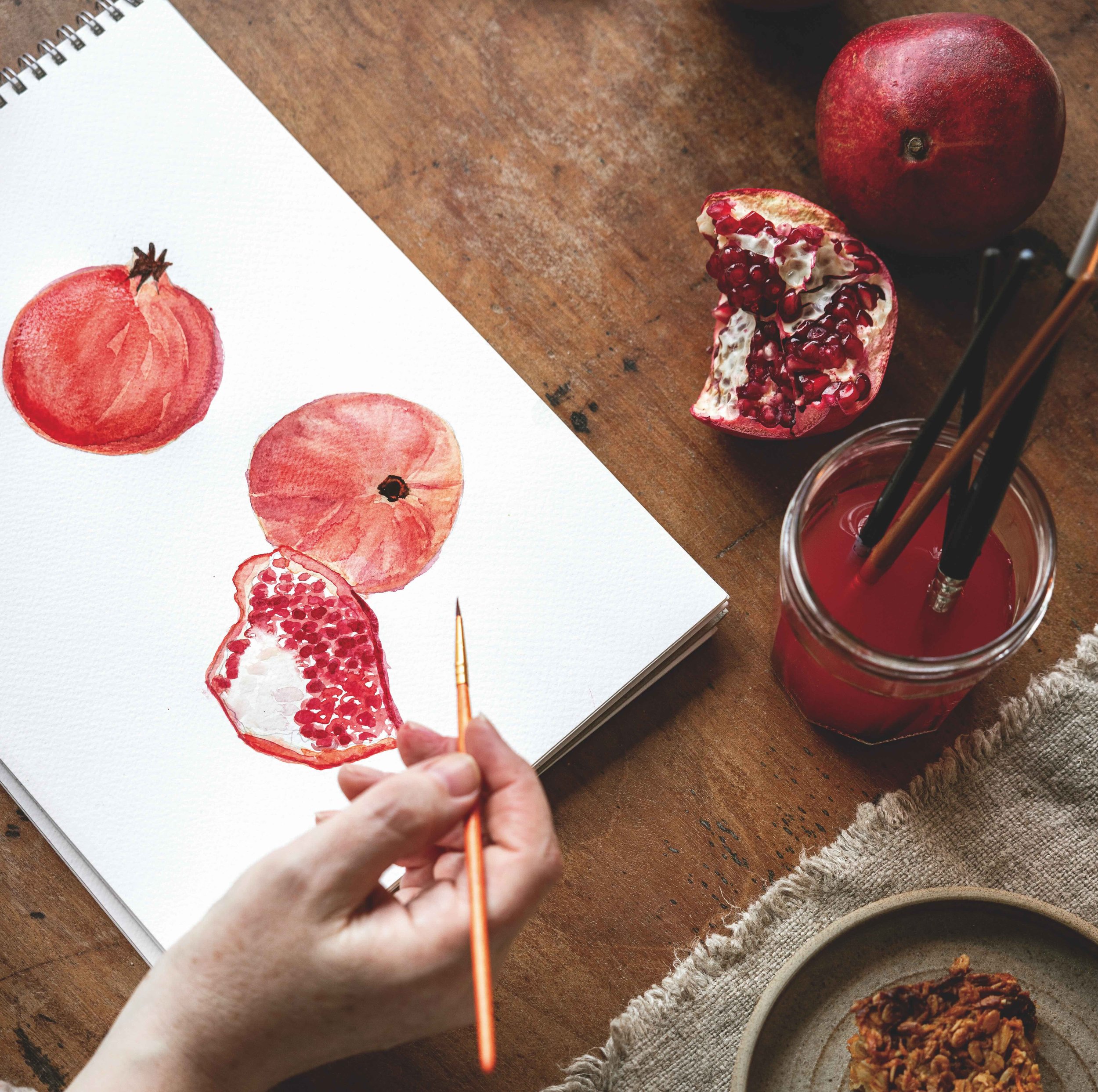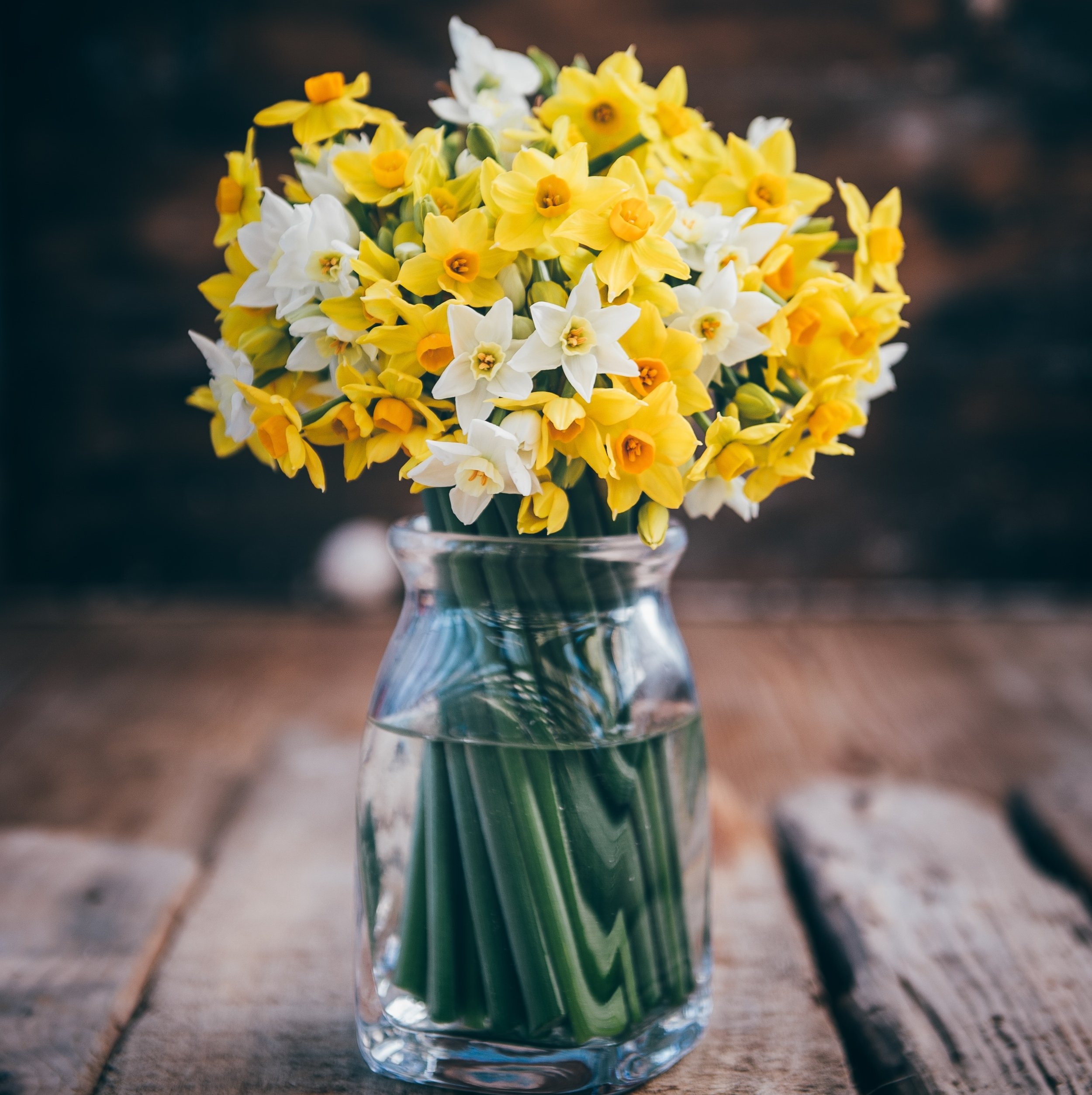Ever felt the burning shame of the words “I’m afraid this is overdue so… there’s a fine unfortunately…” Feel instantly better with our countdown of some of the most overdue books in British history.
In at number five is The Adventures of Pinocchio by Carlo Collidi. Clearly the borrower learned nothing about lying well from reading the book, since he sheepishly returned it 63 years late to Rugby Library. Cleverly, he returned it during an eight-day amnesty on fines as it would have set him back more than £400 at a rate of 18p per day.
Climbing the ladder of shame at number four is Stanley Timber by Rupert Hughes, which was borrowed from Dunfermline Central Library. Again, during a fines amnesty during the COVID pandemic, the daughter of the dastardly borrower posted it back to the library, 73 years overdue, avoiding the £2,847 fine.
At number three, it’s our first school library crime. Edward Ewbank (stay behind after school please, Ewbank) borrowed The Poetry of Lord Byron from St Bees School in Cumbria on 25 September 1911. It was returned 113 years overdue. Ewbank was sadly killed at the Battled of Ypres in 1916, so did not return the book himself, and avoided a detention.
Just missing out on the top spot is The Microscope and its Revelations by Willian B Carpenter, which was borrowed by Arthur Boycott of Hereford Cathedral School at some point between 1886 and 1894. In Boycott’s defence, clearly he read the book carefully as he went on to become an eminent naturalist and pathologist. His granddaughter returned the book to the school some 122-130 years later. The school generously waived the fine of £7,446.
And finally, at number one… a mysterious entry with no title, but known to be a German book about the Archbishop of Bremen, was borrowed by Robert Walpole from Sidney Sussex College’s library in Cambridge. It was discovered in the library of the Marquess of Cholmondley at Houghton Hall in Norfolk and returned to its rightful home between 287 and 288 years overdue. Despite not having a title of its own it is now the proud owner of the title Most Overdue Library Book in the Guinness Book of World Records.
You can read a personal reflection on why we love a library by Frances Ambler in the February issue of The Simple Things.
Buy this month's The Simple Things - buy, download or subscribe






